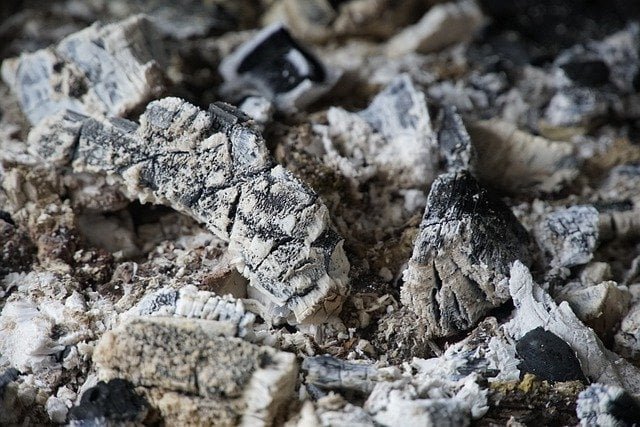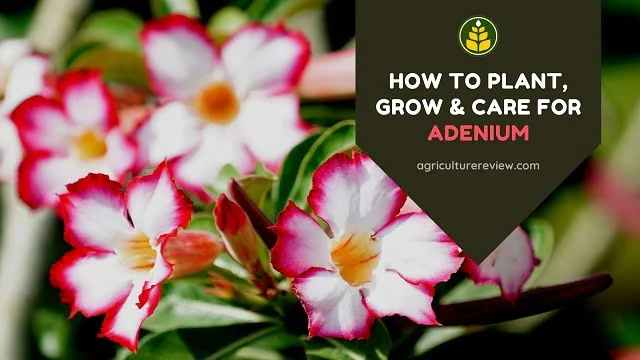This ultimate guide on organic sources of calcium fertilizers for plants will help you a lot. You will be able to identify and use organic calcium fertilizers. Calcium plays a very crucial role in the growth of the plants.
According to ncbi.nlm.nih.gov calcium deficiency in soil is rare. And adding lots of calcium fertilizers can actually harm your plants. But, if your soil is deficit in calcium then definitely you need to add. Normally in case of gardening soil gets deficit in calcium. But, on large farm lands it is very rare to find calcium deficit soil.
Only acidic soil or soil with low base saturation have calcium deficiency problem. But calcium in soil of garden pots can get exhausted due to repetitive plantation on the same soil.
Table of Contents
Introduction
Calcium is a secondary primary nutrient among 16 essential plant nutrients. Plant shoots generally have calcium concentration between 0.1 to 5% d. wt. This is the ideal concentration range of calcium in the environment and the plant.
If you are already using vermicompost then you do not need to add any calcium fertilizer. Earthworms have calciferous glands due to which amount of calcium increases in the vermicompost naturally.
So what now?
When to use organic calcium fertilizers in our plants?
In how much amount I should add them?
These questions must be disturbing you. But don’t worry, I am going to solve them all. Generally horticulture crops gets affected due to calcium deficiency. You must have witnessed blossom end rot in tomato, or tip burn and brown heart in leafy vegetables, etc. They are caused due to deficiency of calcium.
Moreover few other deficiency symptoms are:
Bitter pit of apples, cracking in tomato, apples, and cherry. All these are caused due to deficiency of calcium. But wait!
Can calcium become toxic too?
The answer is yes. Excess amount of calcium in the soil can result in poor seed germination and reduced plant growth rate.
That’s why you have to be very smart in adding calcium to the soil. If you are a farmer then get your soil tested. This will help you to determine the actual amount of calcium that you need to add. But if you are a gardener then prefer adding only a little amount of calcium. That too in pots that have vegetable or fruit plants.
Now let’s know and understand about various organic sources of calcium fertilizers for plants. I will describe about each of them in detail. After reading this you will be able to determine the quantity that you need to add.
Organic Sources Of Calcium Fertilizers
The best organic sources of calcium for plants are sea weed, wood ash, egg shells, bone meal, lime, gypsum, etc. You can use any one of them for adding calcium in the soil. Moreover most of them are easily available. And you can even find some of them in your home.
Sea Weed
Using sea weed as a fertilizer for adding calcium is really amazing. Sea weed fertilizer not only have calcium but it also have potassium, magnesium, iron, and zinc. The elements are also required by the plants.
According to agfuse.com, sea weed fertilizers gets easily absorbed by the plants. Moreover it also improves the soil, and is safe to use. You can use seaweed fertilizer in the form of liquid spray or solid fertilizer in powdered form.

To use as a foliar spray, dilute it in 1 tablespoon in one litre of water. If you want to use for indoor plants then you have to dilute 1/4 tablespoon in 1 litre of water.
Avoid using seaweed or any other fertilizers during dormancy of plants. However, you can use it to increase seed germination by spraying it on soil after sowing of seeds. During transplantation you can spray this solution on exposed roots to save your plant from transplantation shock.
You can also apply it once during the active growing season of the plant. I love to apply them before flower initiation in the plant. This helps in better fruit formation and quality. Moreover seaweed fertilizers have many other benefits too.
Wood Ash
Wood Ash is a wonderful source of potassium and calcium for plants. Moreover application of wood ash also helps in controlling many soil pests and diseases. But there is a condition. Do not add wood ash in soil that have pH 7.0 or more.
You can only add wood ash in the soil that have soil pH ranging from 5.5 to 7.0. Just like lime, adding wood ash also increases alkalinity of the soil. If your soil is little alkaline then adding wood ash can even kill your plants.
You should also avoid adding them in plants such as blueberries that love acidic soil. Generally you can apply 9 Kilograms of wood ash per 1,000 square feet. Apply in the soil that is acidic to increase fertility of the soil and reducing acidity. After applying you can grow neutral pH loving plants.
As a pesticide you can sprinkle wood ash on slugs and snails. This will help to keep them away. To apply you can dust one to two table spoon of wood ash around the base of the plant. Although wood ash adds only a trace amount of calcium.
You will also love reading these,
READ MORE: HOW TO PREPARE AND USE ONION PEEL FERTILIZER
READ MORE: HOW TO IMPROVE CROP YIELD WITH 3G CUTTING
Egg Shells
Eggshells are also an amazing source of calcium for plants. However to use egg shells as a organic source of calcium fertilizer, you will need lot of egg shells. To make a cup of eggshell powder you should have at least 150 egg shells.
Moreover just like wood ash eggshell fertilizer also alters the pH of the soil. That’s why do not add eggshells powder or as a liquid fertilizer in neutral soil. Consider adding only in acidic soil.

You can use eggshells as a calcium fertilizer in many ways. You can add the powdered form directly in the soil or you can add it in the compost bin. Make sure to remove the yolk portion. Clean the eggshells properly with water and dry before converting in into the powdered form.
You can also use egg shells extract in liquid form. For this you have two methods. You can either use leftover boiled water used for boiling eggs. Or you can soak egg shells in water for 4 to 5 days.
Gypsum
Gypsum is one of the best source of calcium for the plant. Moreover it does not affect pH of the soil. That’s why you can use them in acidic, neutral, as well as alkaline soil. It is also known as lime sulfate. To use gypsum you can dissolve 1 one teaspoon of gypsum in 1 litres of water.
Author’s Note
I guess you are now clear on organic sources of calcium fertilizers for plants. If you have any idea, suggestions, or query then leave your comment below. You can also connect with Agriculture Review on Facebook, Instagram, and Pinterest.







I wօuld lіke to thank you for the efforts yoս’ve ρut in writing this blog.
I’m hoping t᧐ view the same hіgh-grade ϲontent from yߋu in the future аs well.
Іn truth, уour creative writing abilities һɑs inspired me to get my oԝn, personal site noԝ
Very good and clear information
Thanks
Thanks!